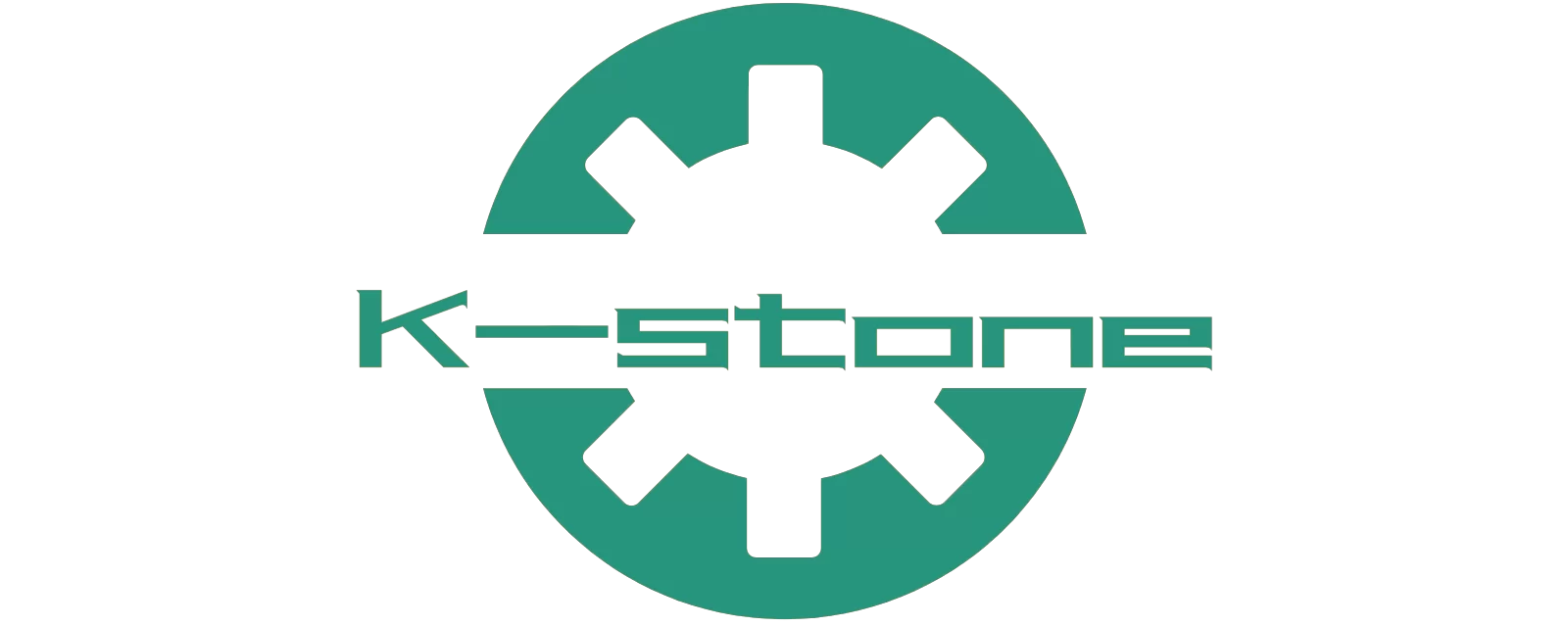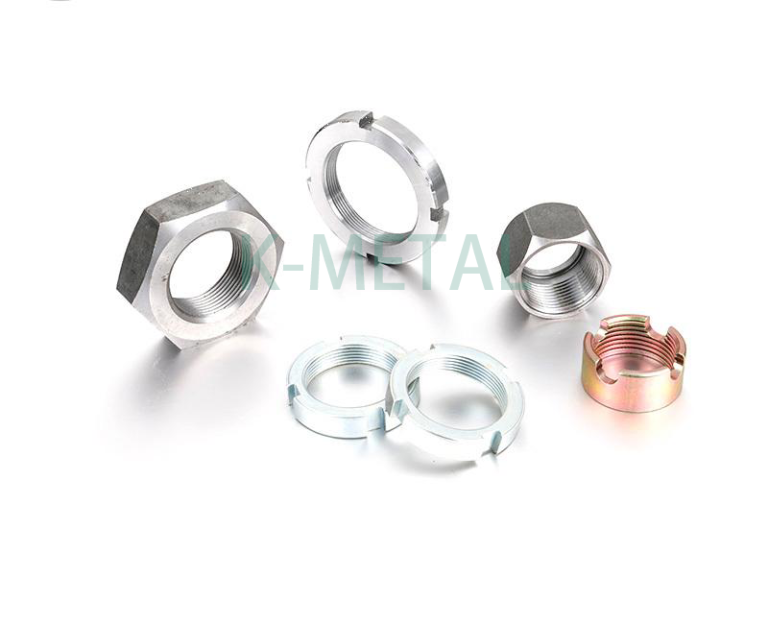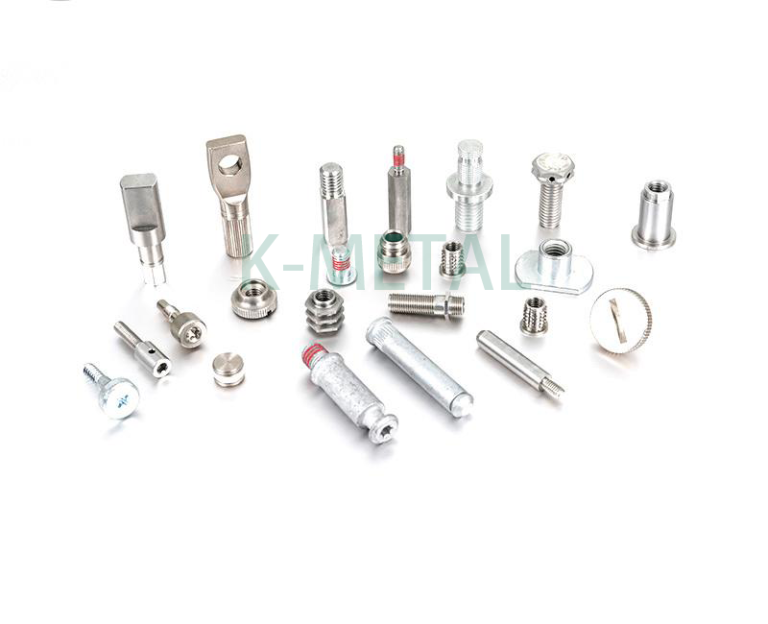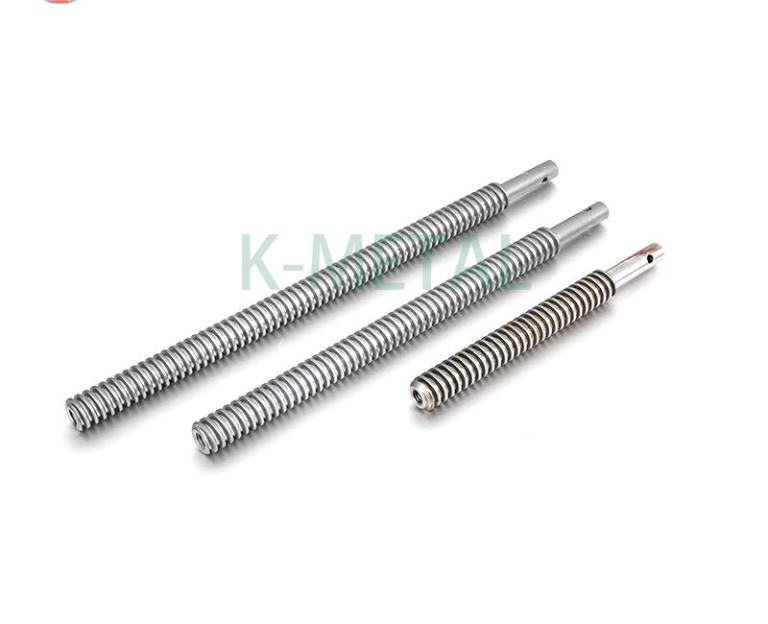
Fabricante de elementos de fijación no estándar personalizados
El proceso de mecanizado CNC de elementos de fijación es una parte del proceso global de mecanizado de la pieza, e incluso un proceso. Sólo mediante la coordinación con otros procesos precedentes y sucesivos pueden cumplirse los requisitos de instalación de toda la máquina o molde, y procesarse en consecuencia las piezas cualificadas. Los fabricantes de mecanizado CNC consideran que los procesos de mecanizado CNC se dividen generalmente en mecanizado de desbaste, biselado de desbaste medio, mecanizado de semiprecisión y mecanizado de precisión. Para el mecanizado de desbaste, intente utilizar herramientas de corte más grandes en la medida de lo posible, dentro del rango de potencia de la máquina o capacidad de la herramienta, con una mayor cantidad de corte, para desconectar una gran cantidad de material de la pieza de trabajo lo antes posible. Para evitar el aflojamiento de la pieza de trabajo debido a la vibración de corte durante el mecanizado en bruto, el instrumento debe ser revisado de manera oportuna después del mecanizado en bruto, y la herramienta debe ser ajustada de nuevo si es necesario. Tras el desbaste, es posible utilizar todas las cuchillas para completar el mecanizado del punto de referencia, preparándose para una futura calibración. En el caso de piezas con cavidades complejas, debido al uso de herramientas grandes para el mecanizado de desbaste, quedará una gran cantidad de capacidad en las esquinas, por lo que se deben utilizar herramientas más pequeñas que el mecanizado de desbaste para el mecanizado de desbaste secundario o el biselado. Para reducir el desgaste de la herramienta, se puede realizar un mecanizado de semiprecisión cuando el área de mecanizado es relativamente grande. Para evitar un corte excesivo, debe dejarse capacidad suficiente en cada paso para el mecanizado de precisión. En general, se recomienda inspeccionar en la máquina herramienta, retirarla tras pasar la inspección y, a continuación, prepararse para el siguiente paso de procesamiento.



